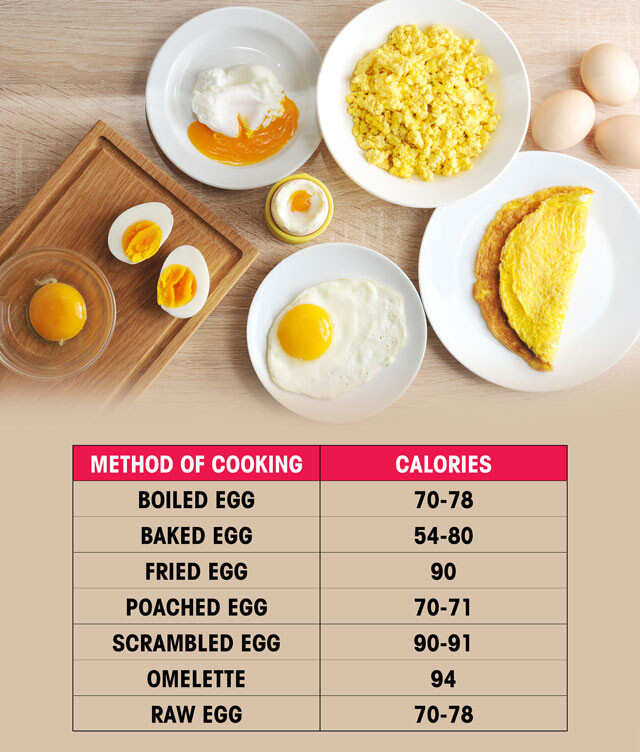
Quick Guide How Many Calories in a Scrambled Egg Are There
How many calories in a scrambled egg is a frequent question for those tracking their diet. This breakfast staple is quick, easy, and surprisingly versatile.
Equipment
- Non-stick skillet
- Whisk
- Small Mixing Bowl
- Spatula
- Measuring spoons
Ingredients
- 2 large eggs
- 1 tablespoon milk or cream (optional)
- 1/2 tablespoon butter or cooking spray
- Salt and pepper to taste
Instructions
- Step 1: Whisk the Eggs: In a small bowl, gently whisk together the eggs and milk or cream (if using) until the yolks and whites are fully combined. Season with salt and pepper to taste. Ensure not to over-whisk, as this can lead to tough scrambled eggs.
- Step 2: Heat the Pan: Place a non-stick skillet over medium-low heat. Add the butter or spray with cooking spray to lightly coat the pan. Allowing the pan to heat gradually is crucial for achieving a delicate texture.
- Step 3: Pour and Cook: Pour the egg mixture into the heated pan. Let it sit for a few seconds, then gently push the cooked edges towards the center with a spatula, allowing the uncooked egg to flow underneath. Continue this process until the eggs are mostly set but still slightly moist.
- Step 4: Serve Immediately: Remove the pan from the heat, as the residual heat will continue to cook the eggs. Serve immediately, garnished with additional herbs or spices, if desired. Enjoy the creamy, tender texture and subtle flavor of perfectly scrambled eggs. For a richer flavor, substitute olive oil for butter. A pinch of red pepper flakes can add a subtle kick, or try mixing in some shredded cheese during the last minute of cooking.
Notes
Variations
Scrambled eggs, while simple, lend themselves well to numerous variations, adapting to ingredient availability, regional preferences, and dietary needs.
- Ingredient Swaps:
Consider replacing cow’s milk with almond, soy, or oat milk for a dairy-free alternative. Different types of cheese, such as feta, goat cheese, or Gruyre, can also be incorporated for unique flavor profiles. Fresh herbs like chives, parsley, or dill offer a vibrant touch, while spices such as smoked paprika or turmeric introduce depth. - Regional Twists:
For a Southwestern flair, add diced tomatoes, onions, jalapeos, and a sprinkle of cumin. An Italian-inspired version might include sun-dried tomatoes, basil, and mozzarella. In Asian cuisine, scrambled eggs can be stir-fried with soy sauce, sesame oil, and green onions, showcasing the dish’s adaptability to global flavors. - Dietary Adjustments:
To reduce the fat content, egg whites can be used exclusively, omitting the yolks. Incorporating lean proteins like diced turkey or crumbled tofu offers a protein boost. Adding vegetables such as spinach, mushrooms, or bell peppers enhances the nutritional value and adds fiber, catering to various dietary goals.
Serving Suggestions
Scrambled eggs are versatile and can be served at various times of the day in multiple ways. They are traditionally a breakfast staple, often paired with toast, bacon, sausage, or avocado. For a brunch setting, scrambled eggs can be presented as part of a buffet alongside pastries, fruit, and beverages. They can also be incorporated into lunch or dinner meals, such as breakfast burritos, breakfast-for-dinner scenarios, or as a side dish with grilled meats or salads. Garnishes like fresh herbs, a sprinkle of cheese, or a dollop of sour cream can enhance the visual appeal and flavor.
Storage Tips
While best enjoyed immediately, leftover scrambled eggs can be stored properly to maintain some degree of freshness. Place the cooked eggs in an airtight container and refrigerate promptly. Consuming within 1-2 days is advisable to prevent bacterial growth and preserve taste. Reheating can be done gently in a microwave or skillet; however, the texture may become slightly rubbery. Freezing scrambled eggs is generally not recommended due to significant changes in texture upon thawing.
Frequently Asked Questions
- Question 1: Can scrambled eggs be made ahead of time?
While scrambled eggs are best enjoyed immediately after cooking, they can be made ahead of time and stored in the refrigerator for up to 24 hours. Reheating may alter the texture. - Question 2: How can rubbery scrambled eggs be avoided?
To avoid rubbery scrambled eggs, cook over low to medium-low heat and avoid overcooking. Gently stir the eggs until they are mostly set but still slightly moist. Remove from heat, as residual heat will finish cooking them. - Question 3: Can different types of milk be used in scrambled eggs?
Yes, different types of milk, such as almond, soy, or oat milk, can be used as a substitute for cow’s milk in scrambled eggs. The choice of milk may slightly alter the flavor and texture. - Question 4: What are some healthy additions to scrambled eggs?
Healthy additions include vegetables like spinach, tomatoes, mushrooms, and bell peppers. Lean proteins like diced turkey or crumbled tofu can also enhance the nutritional profile.